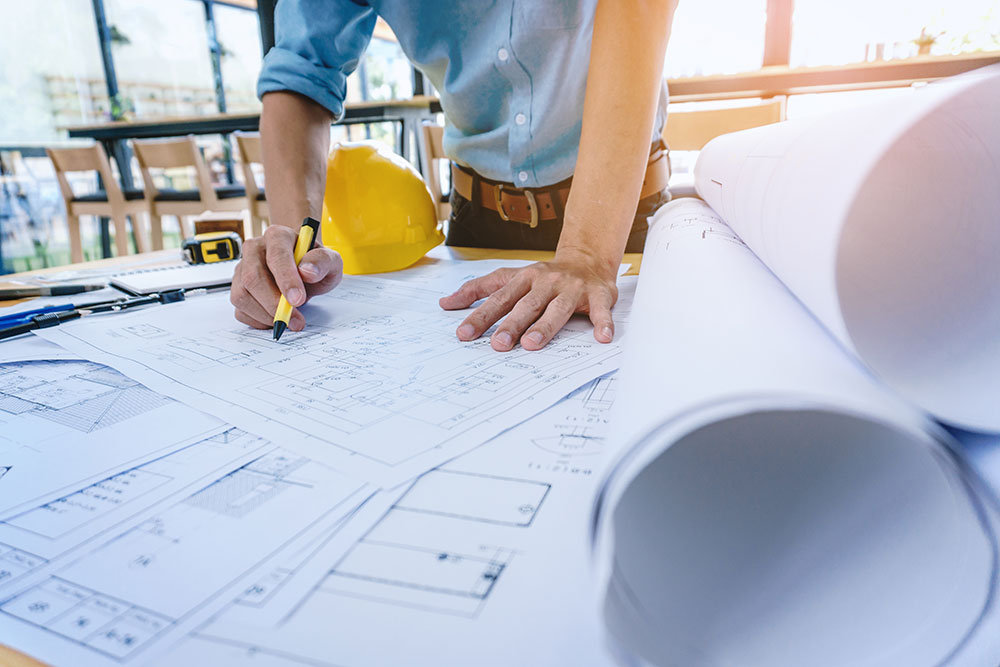
Image Source: Google
Structural engineering is a crucial discipline that deals with the design and construction of buildings and infrastructure. Behind every successful structure, there are skilled engineers who work tirelessly to ensure its safety and stability. In this article, we will delve into the world of structural engineering and uncover some key insights from a seasoned consultant in the field.
The Role of a Structural Engineering Consultant
Structural engineering consultants play a vital role in the construction industry. They are responsible for providing expert advice and guidance on the design, analysis, and construction of various structures. Here are some key responsibilities of a structural engineering consultant:
Responsibilities:
- Performing structural analysis and calculations to ensure the safety and stability of buildings.
- Collaborating with architects and contractors to develop efficient and cost-effective design solutions.
- Conducting site visits to assess existing structures and identify potential issues.
- Providing guidance on building codes and regulations to ensure compliance with safety standards.
- Offering expert advice on structural materials and construction techniques.
Key Insights from a Structural Engineering Consultant
Having worked in the field for several years, our structural engineering consultant has gathered valuable insights that can benefit both aspiring engineers and industry professionals. Here are some key insights shared by our consultant:
Insights:
- Attention to Detail: Paying attention to detail is crucial in structural engineering to ensure the safety and integrity of a building.
- Continuous Learning: The field of structural engineering is constantly evolving, so it is essential to stay updated on the latest trends and technologies.
- Teamwork: Collaboration with architects, contractors, and other professionals is key to successful project delivery.
- Risk Management: Identifying and mitigating potential risks during the design and construction phases is essential to prevent costly mistakes.
- Innovation: Embracing innovation and new technologies can lead to more efficient and sustainable design solutions.
Challenges Faced by Structural Engineers
While structural engineering is a rewarding profession, it also comes with its fair share of challenges. Our consultant sheds light on some common challenges faced by structural engineers in the field:
Challenges:
- Complex Designs: Designing structures with unique architectural features can pose challenges in terms of structural integrity and stability.
- Budget Constraints: Balancing design requirements with budget constraints can be a delicate task that requires careful planning and consideration.
- Regulatory Compliance: Keeping up with the ever-changing building codes and regulations can be a daunting task for engineers.
- Site Constraints: Working on projects with limited space or difficult site conditions can present logistical challenges for structural engineers.
- Environmental Impact: Designing structures that are sustainable and environmentally friendly requires a deep understanding of green building practices.
Future Trends in Structural Engineering
As technology continues to advance, the field of structural engineering is also evolving. Our consultant discusses some future trends that are likely to shape the industry in the coming years:
Future Trends:
- Building Information Modeling (BIM): BIM technology allows for the creation of 3D models that integrate data from various disciplines, streamlining the design and construction process.
- Advanced Materials: The use of advanced materials such as carbon fiber and engineered wood is gaining popularity for their strength, durability, and sustainability.
- Resilient Design: With the increasing threat of natural disasters, resilient design practices are becoming more important to ensure the safety and longevity of structures.
- Smart Structures: Incorporating sensors and monitoring systems into buildings can enhance their safety and performance by providing real-time data on structural health.
- Green Engineering: Sustainable design practices, such as passive heating and cooling systems and renewable energy integration, are becoming standard in the industry.
